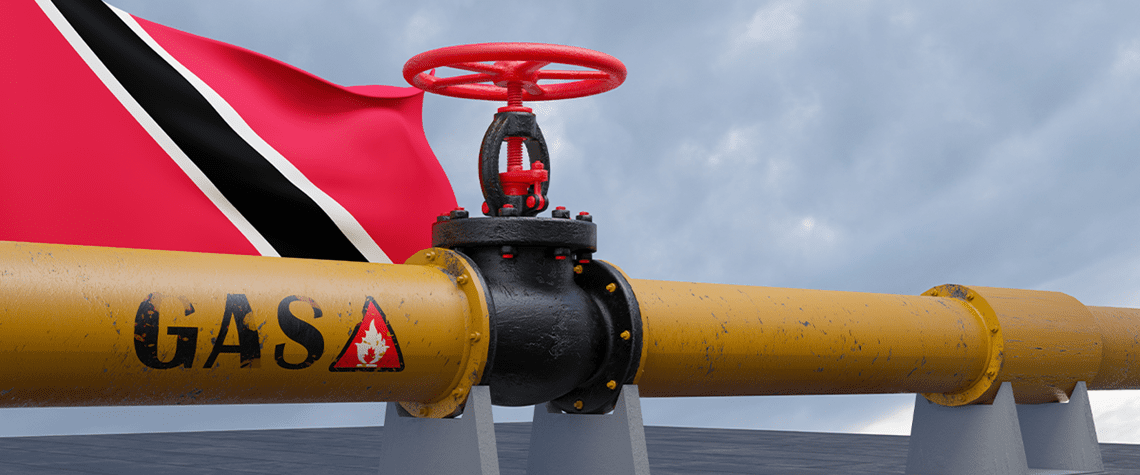Countries like Guyana, Grenada and Suriname are on Trinidad and Tobago’s radar to fill the gap after the Trump administration killed its Dragon gas deal with Venezuela.
Newly installed Prime Minister, Kalama Persad declared the deal “dead” fresh off swearing in her new Cabinet.
“The Dragon gas is dead. We would be foolish not to look at other places as well, and in fact, we should have started that search long ago,” she said as quoted by the Daily Express. Advocating for TT’s interests will be Dr. Roodal Moonilal, replacing his predecessor, Stuart Young.
Young did not appear pleased at PM Persad’s comments on Dragon. He told a news conference, “It is very irresponsible for any government governing Trinidad and Tobago and wanting what is best for Trinidad and Tobago and without even looking at the documentation that exists to declare it dead immediately.”
On April 8, the U.S. government revoked licenses previously granted to Trinidad and Tobago for the Dragon and Manakin-Cocuina cross-border gas fields. Issued by the Treasury’s Office of Foreign Assets Control, the Dragon license was approved on October 17, 2023, and set to expire in October 2024, while the Manakin-Cocuina license was granted on December 18, 2023.
Manakin-Cocuina, the second largest field on the Trinidad-Venezuela border, holds over one trillion cubic feet of proven gas. U.S. Secretary of State Marco Rubio told Caribbean leaders the U.S. will no longer support regional energy reliance on Venezuela.
An April 28 article by the Energy Chamber of Trinidad and Tobago suggested that Guyana could be a potential source of natural gas to help fill the country’s excess capacity. Guyana has a massive reserve, 17 trillion cubic feet (tcf) was the last estimate given. Suriname has an estimated 12.5 trillion cubic feet (Tcf) of discovered natural gas resources, according to Wood Mackenzie. This is 48% of the country’s total discovered hydrocarbon resources.
On its own, TT has several gas projects that continue to progress.
Shell’s Manatee field, the largest under development with 2.7 trillion cubic feet (tcf) of gas, is set to start production in late 2027 and peak at 600 million standard cubic feet per day (mmscf/d). bp’s Cypre project began producing in March 2025 and will peak at 250 mmscf/d, while its Ginger project, confirmed the same month, targets a 2027 start-up with 350 mmscf/d peak output.



